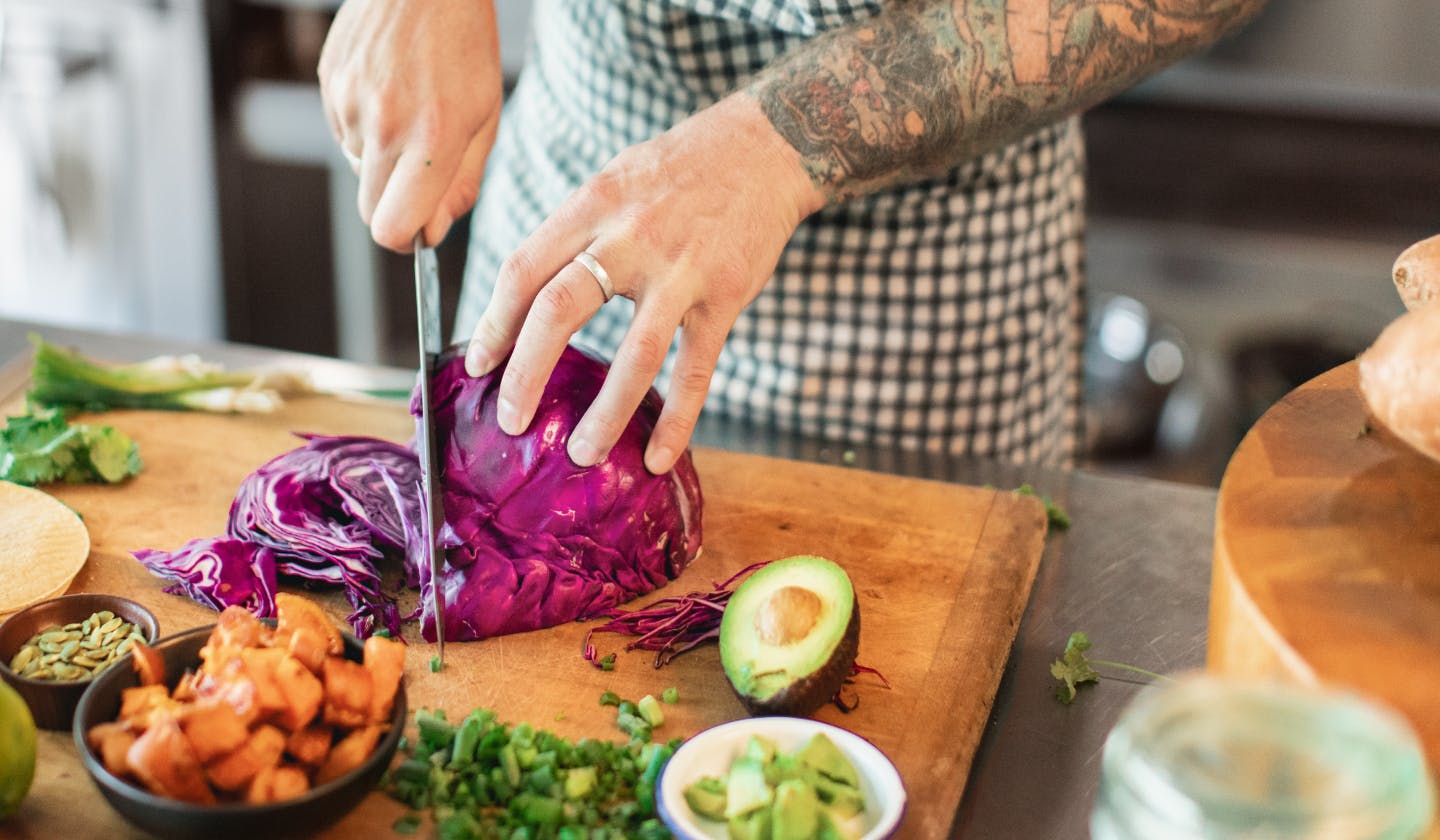Commercial Induction Cooktop
Table of Contents
- Commercial Induction Cooktops
- Top Rated
- Buying & Maintenance
- Ideal Restaurant Types
- FAQ
Induction Cooktops
Commercial induction cooktops offer rapid, precise, and energy-efficient cooking without open flames, enhancing kitchen safety, energy savings, and cooking accuracy.
Example Commercial Induction Cooktops:
Vollrath's Mirage Pro 59500P induction cooktop is praised for digital temperature precision, durable build quality, energy efficiency, and compact countertop design. Waring's WIH400 induction cooktop is popular for affordability, reliability, intuitive controls, and rapid heating capability.
Buying and Maintenance Tips:
Evaluate wattage, available power settings, pan compatibility, and desired portability. Regularly clean and care for ceramic glass surfaces, ensure proper ventilation, and periodically inspect internal electronic components.
🍳 Induction Cooktops: Ideal Restaurant Types
- Fine Dining & Chef-driven Restaurants: Vollrath Mirage Pro induction cooktops provide precise, consistent temperature control, essential for delicate sauces and fine dining preparations.
- Cafés, Coffee Shops & Compact Kitchens: Waring WIH400 induction cooktops offer compact, safe, and efficient cooking solutions ideal for limited spaces and countertop cooking.
- Food Trucks & Mobile Catering: Induction cooktops are flameless and energy-efficient, providing safe, rapid heating ideal for mobile environments.
FAQ
- 1. Why choose an induction cooktop over gas or electric?
Induction cooktops heat faster, offer precise temperature control, and are more energy-efficient—all without open flames, improving kitchen safety and reducing heat in the workspace. - One user on an online discussion form provides an indepth answer, listing all the benefits of induction:
- “Induction, without question. Gas is super inefficient, requires a lot more ventilation, and is slower than induction. Induction has far better control, is safer, easier to clean and no gas lines means no concerns about leaks. Not from the fittings, not from the valves, and not from the stove itself.” r/Cooking
2. Why does my commercial induction cooktop fail to constantly simmer?
- This can be a concerning issue, especially considering any potential issues with the cooktop. A redditor addresses this concern in r/AskCulinary by stating “Cheaper induction cookers have the behavior you describe when set below a certain power threshold (often 600 or 1200 W).
- More expensive induction cookers typically have lower power thresholds for needing to cycle on and off at all, and also cycle more quickly than the cheaper cookers, both of which are extremely helpful for things like simmering”
DISCLAIMER: This information is provided for general informational purposes only and the content does not constitute an endorsement. CloudKitchens does not warrant the accuracy or completeness of any information, text, images/graphics, links, or other content contained within the content. We recommend that you consult with financial, legal, and business professionals for advice specific to your situation.
Questions? We're here to help.
What is a ghost kitchen?
Ghost kitchens, also known as dark kitchens or virtual kitchens, are commercial kitchens built for food delivery. They’re located within the delivery radius of a high volume of online customers, rather than high foot traffic areas. With ghost kitchens, there’s no physical storefront or dining area, so you only need a few back-of-house staff members to fulfill online orders.
How does a ghost kitchen work?
In a ghost kitchen, your restaurant is focused on delivery rather than dine-in. When eaters order your food online, you’ll prepare it from your ghost kitchen, and hand it off to a fulfillment team to get the order over to the right delivery driver. This gives restaurateurs a low cost, high efficiency model to get the most out of delivery.
Are ghost kitchens profitable?
Yes. Ghost kitchens allow restaurateurs to increase profitability by maintaining the essential elements of a restaurant while cutting costs on labor, overhead, and wasted food while reaching a higher volume of customers ordering online. Plus, you can run multiple virtual brands out of a single ghost kitchen to increase revenue without the extra overhead.
Why are ghost kitchens so popular?
Ghost kitchens are rising in popularity because they’re a lower cost alternative to operating a traditional restaurant. They’re also focused on delivery, which has grown 300% faster than dine-in since 2014. That means restaurateurs are using ghost kitchens to future-proof their business and accelerate growth.
How does a ghost kitchen help your restaurant grow?
Ghost kitchens help restaurateurs grow their business by doing delivery right. The way we dine has changed, and ghost kitchens allow restaurant operators to capture food delivery demand without sacrificing their bottom line. They’re also a great way to expand to new markets without spending time and money on a traditional restaurant buildout. You can easily expand your restaurant brand to different cities across the country such as Los Angeles or New York.
How much do ghost kitchens cost?
The cost of ghost kitchens varies by market, space, and services. Compared to a traditional restaurant, they’re a much lower cost alternative on both upfront capital and ongoing operating costs. You can get started in a ghost kitchen with as little as $30K, instead of $1M+ for brick and mortar buildout.
